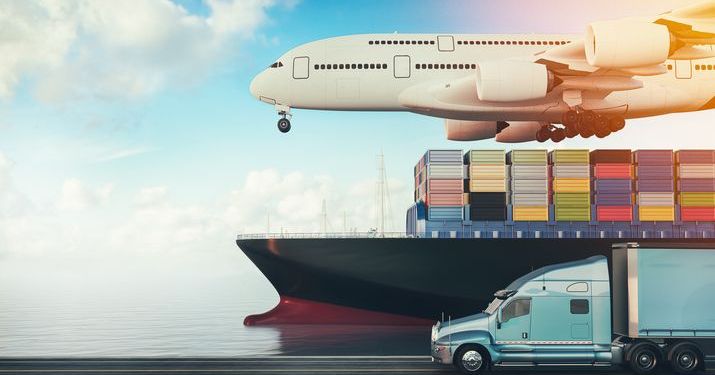
Your immense supply chain depends on the systems and the processes that you have in your place, and could definitely make or break your business. There are certain operations that the logistics part of your company does.So it is important to know the operations of logistics. If you are looking for a reliable logistics company to work with, check out Sure Logix: logistics service provider.
What are the major operations of logistics?
- Transportation
This focuses on planning, optimizing, and executing the use of your vehicles, in moving goods between warehouses, retail locations, and your customers. This could include transportation that can go on the ocean, air, rail, and road.
- Warehousing
This is included in inventory management and order fulfillment. This involves managing warehouse infrastructures and processes.
What are the logistics operations?
- Distribution Processing and Packaging
Since the products are “naked” when they are produced, the increase of demand for the distribution processing through the recent years is evident, looking for logistics companies that perform various types of work during shipping to add value to the distribution.
Distribution Processing is the process that is being performed at the warehouse or logistics center when you are shipping products.
Packaging is used to protect the product with either cardboard or wooden crates so that you could prevent damages during the shipment process.
- Information Systems
Information systems are systems that are being used for sales management. This manages commercial distribution.
Advantages of having an information system are location management, simplify the arrival and receiving management, simply the dispatch and shipping management and you will have total management, including inventory management, duplicate arrivals, and location changes.
- Types of Logistics Centers
- Transfer Centers
- Distribution Centers
- Processing Distribution Centers
- Fulfillment Centers
What are the two types of logistics?
- Inbound Logistics
This alludes to the inner logistic errands and exercises. This refers to the strategic tasks of organizations that work upstream. This includes the relationship between parties that work further upstream.
This would involve the sourcing of material data sources, how to store the materials in preparation for and during the whole assembly procedure, and it also involves how to deal with the flow of the products that were produced that leave the plant.
- Outbound Logistics
This is the process of moving the item to the end client. This generally applies strategic obligations to players that work downstream, which is the last party in the supply chain. Part of their obligations are the storage of manufactures stock, transportation of produced merchandise, and the shipping and handling of the product,
What are the types of logistics?
Aside from the 2 main types of logistics that were stated above, there are 4 more:
- Third-Party Logistics
Third-party logistics implies that the third-party business is utilized to outsource logistics services. Part of the services would include the management and the different ways that an enterprise moves sources from one location to another. They are also involved in transportation, warehousing, production, and the like.
- Fourth Party Logistics
A 4PL is a fourth-party logistics supplier that makes the third logistics move further. It helps them oversee the resource, innovate technology, infrastructure, and manage external 3PLs to fabricate, give solutions and configure organizations.
They take charge of strategy, network analysis, and design consultancy, business planning, change management, project management, inventory planning, and management inbound, outbound, and reverse logistics management.
- Distribution Logistics
This is the logistics that arranges errands, controls all procedures concerning the flow of the goods and information between manufacturing companies and their clients. This is the connection or the link between both the market and the production. This ensures that the goods that were manufactured reach the customers safely and quickly.
- Reverse Logistics
This is the set of activities that are directed after the sale of the merchandise so that you could recover the worth and end the item’s lifecycle. This is the sector in logistics that includes restoring an item or sending it on for overhauling, repair, or reuse.
Optimizing your company’s logistics operation is important in helping your company move forward and flourish. With an updated system, it would make it a lot easier to connect with your clients.
